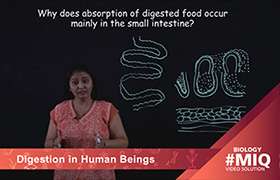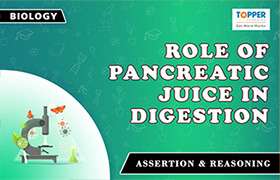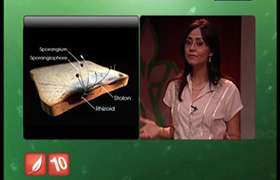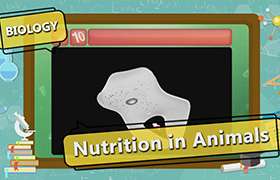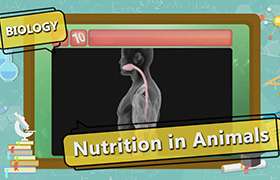CBSE Class 10 Answered
Viruses are classified neither as non living nor as living. It is non living as it doesn't have any metabolic process of its own. How does a virus reach a host cell if it does not undergo any metabolic processes?
Asked by सुधाकर | 03 Jul, 2016, 11:09: AM
Viruses are non motile and cannot metabolise, and that it enters the host cells via binding to the receptors. The mechanism is as follows:
The viruses are made mostly of protein and genetic material. They search for a cell that is expressing a protein so that they can jerk into that particular cell with which the virus can bind to and initiate viral entry.
Answered by Sivanand Patnaik | 04 Jul, 2016, 09:01: AM
Application Videos
Concept Videos
CBSE 10 - Biology
Asked by waccstudies123 | 08 Oct, 2023, 02:10: AM
CBSE 10 - Biology
Asked by vinaywalia57 | 11 Jun, 2023, 04:00: PM
CBSE 10 - Biology
Asked by amritg2703 | 10 Jun, 2023, 10:34: PM
CBSE 10 - Biology
Asked by susrisangita792 | 10 Jun, 2023, 07:18: PM
CBSE 10 - Biology
Asked by sonisneho1 | 06 Jun, 2023, 01:13: PM
CBSE 10 - Biology
Asked by susrisangita792 | 01 Apr, 2023, 10:10: AM
CBSE 10 - Biology
Asked by priyanshdhiman2008 | 26 Feb, 2023, 01:41: PM
CBSE 10 - Biology
Asked by vaishnavibandodkar86 | 16 Oct, 2022, 04:03: PM
CBSE 10 - Biology
Asked by kage07487 | 13 Oct, 2022, 09:55: PM
CBSE 10 - Biology
Asked by bhu.joshi54 | 14 Jun, 2022, 09:42: PM

